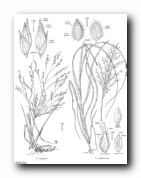
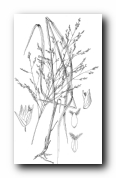
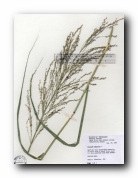
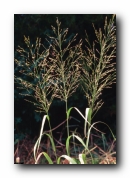
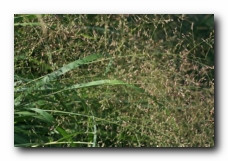
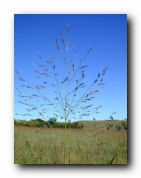
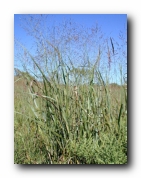

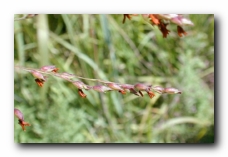
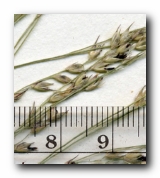
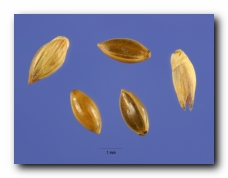
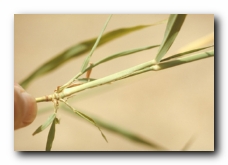
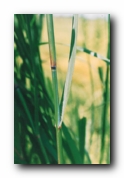
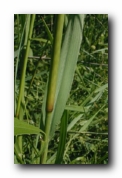
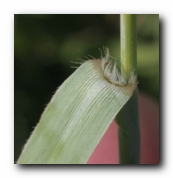
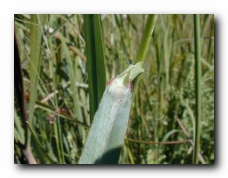
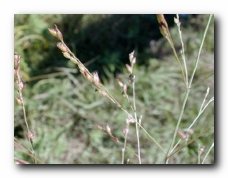
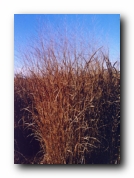
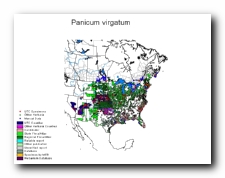
40" Rows:
Broadcast:
1.2 pounds pure live seed per acre
3.5 pounds pure live seed per acre
Loam:
Clay:
High
High
Moderate
Habit: Green or glaucous perennial in large bunches, with numerous creeping scaly rhizomes. Culms: 1-2 m. high, glabrous, tough, hard, solitary or clumped. Blades: Elongated, 10-60 cm. long or more, 3-15 mm. wide, flat, rough on the margins, glabrous except sometimes pilose at least near the base above. Sheaths: Shorter than the internodes, or longer below, often ciliate, sometimes villous at the throat, otherwise smooth. Ligule: Dense ring of hairs 3-4 mm. long. Inflorescence: Panicle long-exserted, 15-50 cm. long, open ovate to pyramidal, mostly one third to half as wide as long, the branches ascending or spreading, spikelet bearing in the outer half to two thirds. Spikelets: 3.5-5 mm. long (3-6), ovate, acuminate, prominently nerved, turgid, usually gaping, rather short pedicelled, lower floret usually staminate. Glumes: First clasping, acuminate, or cuspidate, 5-nerved, about two thirds as long as the spikelet, rarely equaling the sterile lemma, the second longer than the sterile lemma, both spreading and pointed, exceeding the fruit. Fruit: Smooth and shiny, about three fourths as long as the spikelet, narrowly ovate, the margins of the lemma inrolled only at the base. Habitat: Prairies, sand prairies, moist open ground. August-September. Use: One of the important prairie forage grasses, a good hay grass, if cut young.
Special Notes:
Switchgrass (Panicum virgatum) Information #1
Switchgrass (Panicum virgatum) Information #2